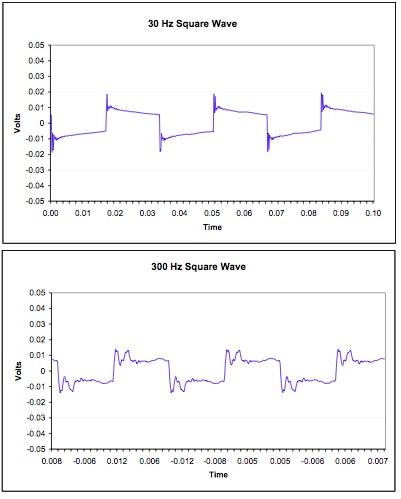kwkarth
Electronics guys... we have our plusses and minuses. With advent of digital everything, we're being phased out
- Joined
- Sep 30, 2001
- Posts
- 10,307
- Likes
- 100
Quote:
I think the whole concept of describing "speed" of a headphone is an incredible misnomer. It is a poorly applied substitute term for other real phenomenon.
Just to be clear - if a driver actually moved too slowly, or too quickly, it would make music that was off-pitch. Sound is caused driver movements creating the compression and rarefaction of air molecules. The exact frequencies of the music depend on those waves or air molecule motion being exact. The movement of the driver cannot be too fast, or too slow, as if this occurred, music would not have the notes reproduced at the correct pitch. I have not personally heard this phenomenon in a headphone, and I highly doubt that anyone else has, either.
You can talk about a headphone's ability to reproduce transients, sure. But that has absolutely nothing to do with speed of the driver's movements.
I think we're having a communication problem here. You have to stop thinking sine waves, and start thinking transfer function.
Speed, or acceleration factor is exactly what we're talking about here. We can liken this to driving a race course. Two cars on the road. One car is a Porsche Caymen, the other is Dodge SRT8 wagon.
Both cars can drive the course up to a given speed, but as speed increases, the Dodge, as fast as it is, will eventually begin to miss some of the sharper corners, overshooting some, not able to turn in quickly enough, etc, until eventually, the Dodge is left in the dust. Neither car is bad, but one has twice the mass of the other, and it's physically impossible for the heavier vehicle to successfully negotiate the sharper turns above a certain speed.
So it is with headphone drivers as they reproduce complex musical waveforms. They can all play a nice sine wave, but when called upon to accurately reproduce a transient attack of a hammer hitting a bell, the striking of a piano key, etc, you are going to hear a difference. The lower mass driver has an easier time of moving exactly when it's told to move and stopping motion when it's told to stop.























